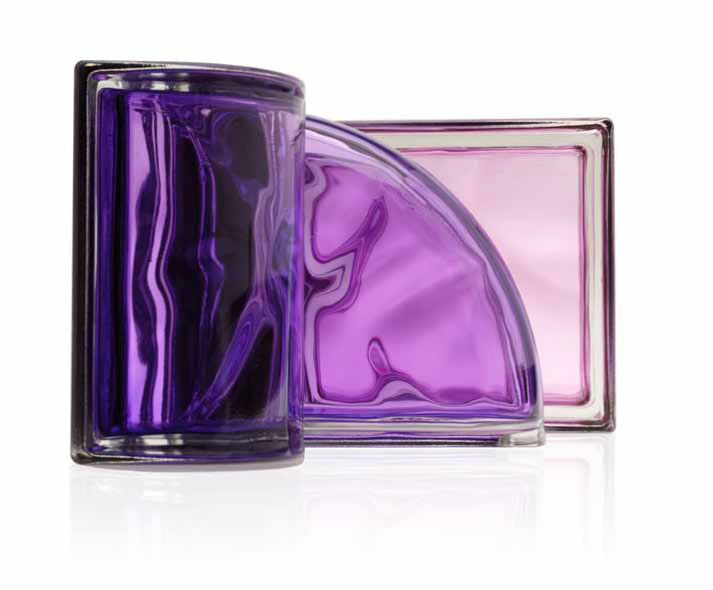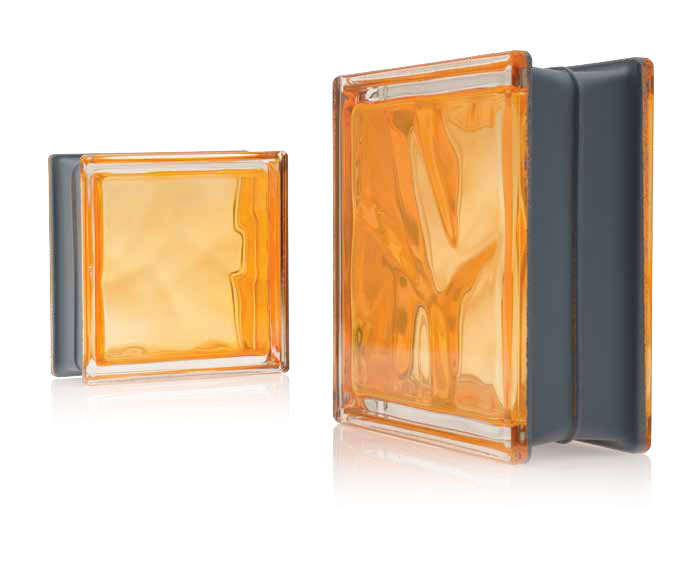Block Lock Installation
Block Lock installation is perfect for DIY projects, the installation kit is cost effective, easy to calculate and even easier to build (see video below). The Block Lock system consists of PVC tracks which lay between the blocks, acting as spacers and reinforcement. The specialist glue provided within the kit is a key component to bind the reinforcing profiles to the blocks. Once the panel(s) has been built, the wall is left to dry for minimum 12 hours. The PVC tracks create a recess from the face of the glass blocks which is then covered with grout to fully water-tighten the wall.
- Block Lock is perfect for smaller areas spanning no more than 9 sqm in a single panel without additional reinforcement and not pass 3 meters in any one direction.
- Block Lock can be used for shower and flag walls as its extremely easy to build, lightweight and super strong.
- Block Lock can be used for both internal and external use although it must be affixed at the base and at least one wall or the head.
ROD & MORTAR Installation
The Rod & Mortar installation kit is the traditional way of constructing glass block walls. A bed of mortar is laid between, and surrounding the glass blocks, to provide a solid base to form a structure. Spacers provide support when building and allow you to install multiple courses in one day. Reinforcement rods are required if an opening surpasses a certain size to provide additional restraint within the structure. Expansion strips are required at the sides and top of the opening, if three or four sided, to allow for minimal movement between the glass blocks, mortar bed and perimeter framework. Glass block walls build with the Rod & Mortar installation should not surpass 25m² without an additional intermediate slip joint. 6 meters is the maximum length in any one direction within a single panel.
BLOCK LOCK 360 Installation
Block Lock 360 installation is perfect for DIY projects, the installation kit is cost effective, easy to calculate and even easier to build (see video below). The Block Lock system consists of PVC tracks which lay between the blocks, acting as spacers and reinforcement. The specialist glue provided within the kit is a key component to bind the reinforcing profiles to the blocks. Once the panel(s) has been built, the wall is left to dry for minimum 12 hours. The PVC tracks create a recess from the face of the glass blocks which is then covered with grout to fully water-tighten the wall. Block Lock 360 provides pre-set PVC tracks with 3mm internal and 15 mm external joints allowing a curved section to be build, providing the internal radius is 1200mm with 190 x 190 x 80 mm blocks and 600mm with 90 x 190 x 80 mm blocks.
- Block Lock 360 is perfect for smaller areas spanning no more than 9 sqm in a single panel without additional reinforcement and not pass 3 meters in any one direction.
- Block Lock 360 can be used for shower and flag walls as its extremely easy to build, lightweight and super strong.
- Block Lock 360 can be used for both internal and external use although it must be affixed to the base and at least one wall or the head.
BLOCK LOCK 360 Installation
- Glass block walls are self supporting, but not load bearing
- For best integral strength, glass blocks should be installed into a four sided pre-prepared opening. This opening can be timber, brick, steel, concrete or block work
- Glass blocks expand and contract with temperature change
- Glass blocks should not be installed when the surrounding temperature is 5°C and falling or 30°C and rising
- Openings must be square and perpendicular and made to suit glass block modules. Glass blocks cannot be cut like masonry bricks or tiles.


INITIAL CLEAN & AFTER CARE MAINTENANCE
Do not clean with any acidic products, the best product for cleaning is water. Polish each block with a soft cloth using good old elbow grease.
Note: Clean face of block as work proceeds. The glass block installer should have left the glass block wall in a clean, unblemished condition. Requiring only periodical cleaning to maintain an excellent appearance. However, there may be a residue of cement on the glass surface left from mortar/tiling grout identified by whiteish bloom when dry. This may be removed by using a standard grout remover available from any local DIY or Tile shop.
Hydrofluoric Acid or Derivatives Must Not Be Used on Glass Blocks. Paint or cement may be removed by a blade taking care not to scratch the surface of the glass. Periodic cleaning is required using clean water and bung up with a chamois leather or in clean water use a proprietary glass cleaner and clean o with a lint free cloth.
For complex glass block installation, floor panels and irregular size/shape glass blocks, or for someone to build your design for you, please visit New Age Glass.
